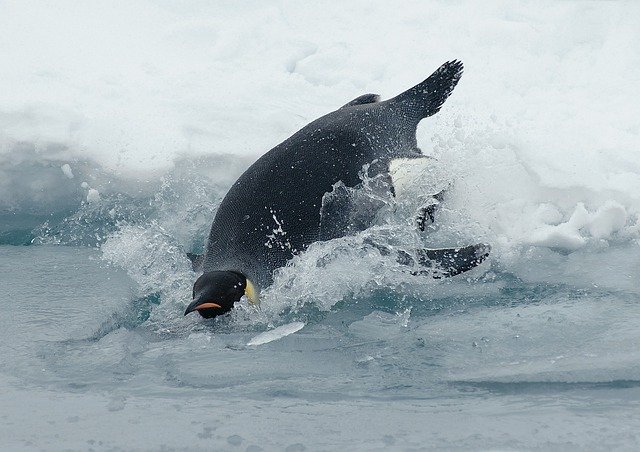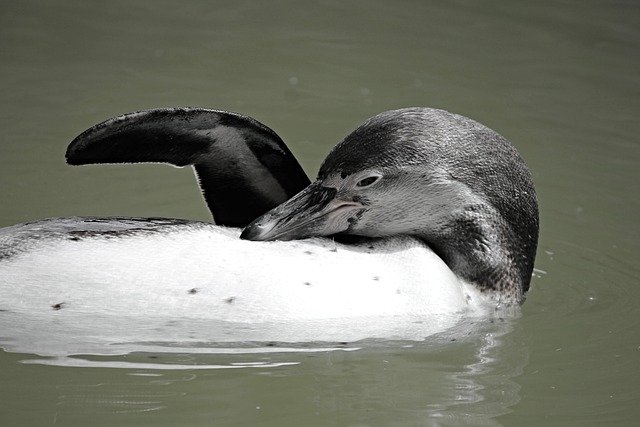**Title:** "Wonders of the Antarctic: The Remarkable Adaptations of Penguins" **Overview

Wonders of the Antarctic: The Remarkable Adaptations of Penguins
The Antarctic region, known for its extreme conditions, is home to one of the most fascinating groups of animals: penguins. These remarkable birds have evolved a range of adaptations that enable them to thrive in one of the harshest environments on Earth. In this post, we will explore the unique characteristics and behaviors that make penguins truly extraordinary.
Key Adaptations of Penguins
1. Insulating Feathers
Penguins possess a layer of densely packed feathers that provide excellent insulation against the cold. Each feather is waterproof, allowing them to stay dry while swimming in frigid waters. Underneath their feathers, a thick layer of blubber helps to retain body heat.
2. Streamlined Bodies
Adapted for life in the water, penguins have streamlined bodies that reduce drag while swimming. Their wings have evolved into flippers, allowing for agile and efficient movement in the ocean. This adaptation is crucial for hunting and escaping predators.
3. Social Behavior
Penguins are highly social animals, often forming large colonies. This social structure provides benefits such as warmth, protection from predators, and cooperative breeding. They engage in various vocalizations and displays to communicate and strengthen social bonds.
4. Unique Breeding Strategies
Different penguin species have developed unique breeding strategies to cope with the Antarctic environment. For example, Emperor penguins are known for their remarkable breeding cycle, where males incubate the eggs on their feet during the harsh winter months, showcasing their commitment to parental care.
5. Diving Abilities
Penguins are exceptional divers, capable of reaching depths of over 500 meters (1,640 feet) in search of food. Their adaptations include a specialized respiratory system that allows them to hold their breath for extended periods, making them proficient hunters of fish and krill.
6. Counter-Shading Camouflage
Penguins exhibit counter-shading, a form of camouflage that helps them evade predators. Their dark backs blend with the ocean depths when viewed from above, while their white bellies match the lighter surface when viewed from below.
Conclusion
The adaptations of penguins are a testament to nature's ingenuity in overcoming environmental challenges. From their insulating feathers to their social behaviors and unique breeding strategies, these remarkable birds continue to captivate researchers and nature enthusiasts alike. As we learn more about their adaptations, we gain a deeper appreciation for the wonders of the Antarctic and the incredible resilience of life on our planet.
Join the conversation! What fascinates you most about penguins? Share your thoughts in the comments below!
